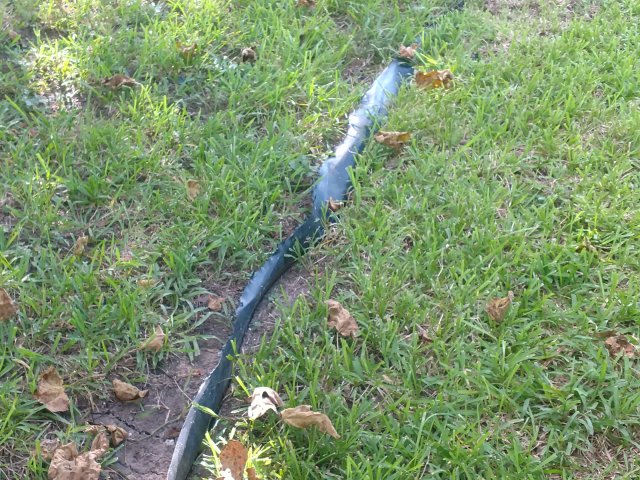When consulting on foundation maintenance and repair on expansive clay soil we often recommend the use of root barriers and a watering system where trees are nearby. Root barriers or root walls are amazingly effective when trees are determined to be using moisture from expansive soils supporting the foundation of structures.
When root barrier materials and configuration is discussed with a client the common question is always, “How deep should they be installed?” Our design criteria and recommendations on root barrier minimum depth is based upon construction research performed by the Texas A&M Construction Science Center (TAMU) released in the early to mid-80s. During that time TAMU sent out a newsletter discussing their most recent research and the construction recommendations related to it. The research cited by TAMU indicated that in clay soils tree roots grow in the first 18 inches to 24 inches of the soil as this is the zone of the soil that is rich with what they need, water and air. This is consistent with what most arborists and landscapers installing root barriers report as the zone containing the greatest density of root systems during barrier installation. The research information further indicated that some tree roots will grow deeper than 24 inches to avoid obstacles in search of water and thus may bypass a barrier installed at only 24 inches. The recommendation from TAMU was to install root barriers no shallower than 30 inches to avoid the roots of trees growing under them. In our own research during oversight of root barrier installation we vary the depth to exceed 36 inches when needed based upon site conditions.
If you have new or conflicting information on this subject matter feel free to contact me or send the data to our office. I would be glad to obtain additional research on this matter and update the common understanding on the proper installation of root barrier/root wall systems.
See our section on foundation care


Recent Comments